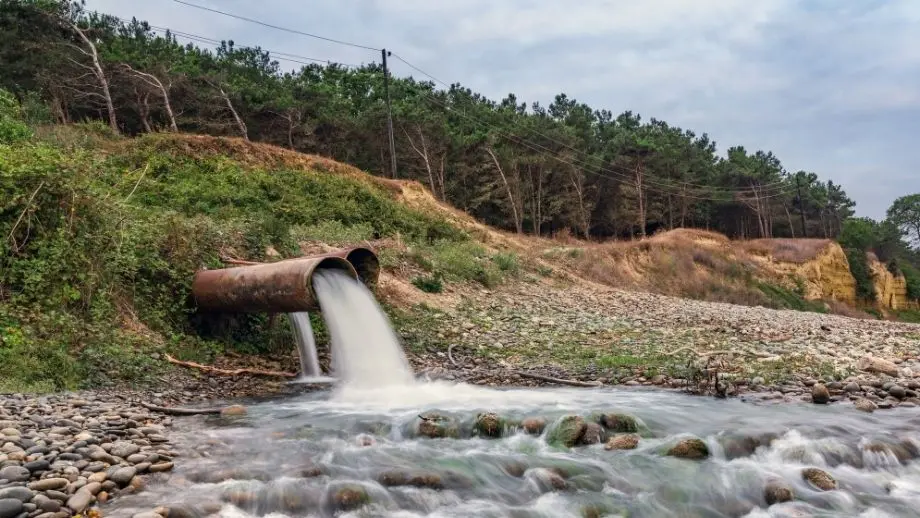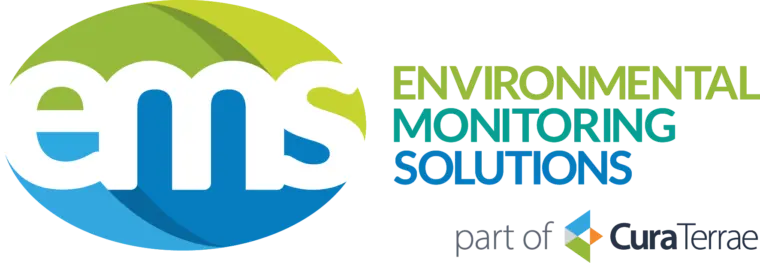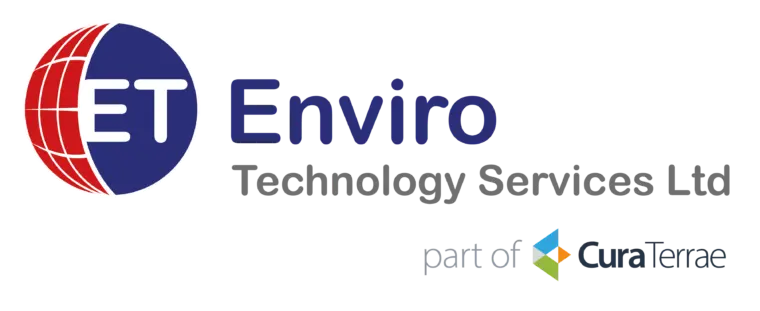Understanding the Mogden Formula could help reduce your effluent bill
2 December 2015

The Modgen Formula is used by sewerage companies to calculate the charges applicable to your trade effluent discharge. There are a number of elements that make up the formula that charges per unit of effluent:
R + [(V + Bv) or M] + B (Ot/Os) + S(St/Ss)7
Now that is a very long and complicated formula, with a lot of letters. If you are interested in the full breakdown, look at the key below. The bits that we are most interested in are the bits that can be controlled and therefore can help you to reduce your effluent bills. They are Volume (V), Chemical Oxygen Demand (COD) (Ot) and Suspended Solids (SS) (St).
Before thinking about reducing these elements of the formula, you need to make sure you are being charged correctly and this is where accurate monitoring comes in. An automatic refrigerated sampler will take samples of your effluent that can be tested, rather than relying on water company spot samples. There are lots of options available for trade effluent sampling. The most common is a refrigerated composite auto-sampler that is linked to a flow meter and this can give you flow paced samples that can be analysed for COD and Suspended Solids.
Once a sample is taken, it will begin to degrade, the rate of which depends on temperature. In order to maintain accuracy of the sample, refrigeration is necessary to preserve the integrity. A composite sample will give you an average representation of what you discharge. The composite sample is made up of lots of samples or aliquots taken over a period of time into one bottle. This helps to iron out any peaks and troughs in your effluent discharge. Your flow meter will measure your discharge volume and flow rate and be linked to your sampler to generate a flow proportional sample.
Once you know your samples are accurate, you can start to look at the three parameters to try and reduce your charges. To start with, reducing volume is quite easy. Are you wasting water in some way, or are there ways that your process can become more water efficient? There is only so much you can do to affect volume though as this may increase the concentration of your effluent and other factors such as COD and Suspended Solids increase as a result. To reduce the other factors, you could consider some form of treatment process. On site biological, chemical or filtration treatment systems can all start to reduce your COD and Suspended Solids. The business case for this is dependent on whether the trade effluent savings are greater than the cost to own and operate any treatment system and what the payback term is.
The Mogden Formula is a calculation that is used by water companies to determine charges on trade effluent discharged by businesses. Knowing this formula means you can be sure that you are charged accurately based on your actual discharge. The first step is to accurately monitor what you are discharging. Monitoring will ensure what you are paying is based on your actual effluent. This can also help when it comes to budget setting to ensure you allocate enough money to cover your effluent charges for the next year. Once you are sure you are being accurately billed, you can then look to reducing volume, COD and Suspended Solids.
Key:
R = reception and conveyance charge [p/m3]R = reception and conveyance charge [p/m3]
V = primary treatment (volumetric) charge [p/m3]
Bv = additional volume charge if there is biological treatment [p/m3]
M= treatment and disposal charge where effluent goes out to sea outfall [p/m3]
B= biological oxidation of settled sewage charge [p/kg]
Ot= Chemical oxygen demand (COD) of effluent after one hour quiescent settlement at pH 7
Os= Chemical oxygen demand (COD) of crude sewage one hour quiescent settlement
S= treatment and disposal of primary sewage sludge charge [p/kg]
St= total suspended solids of effluent at pH 7 [mg/litre]
SS= total suspended solids of crude sewage [mg/litre]









